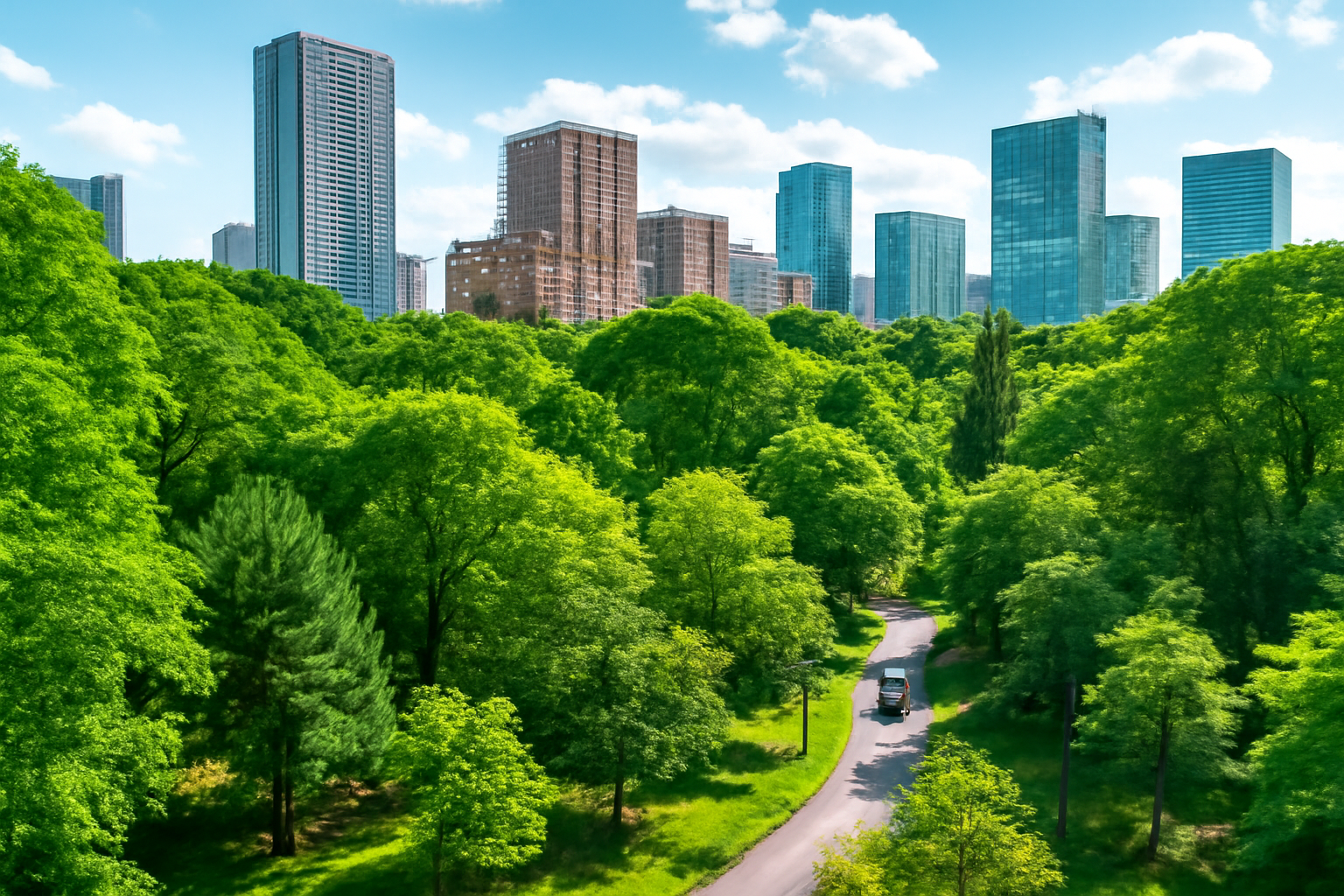Location
Mount Vernon, WA 98274
Location
Mount Vernon, WA 98274

As urbanization continues to rise, the importance of integrating nature into city planning has never been clearer. Urban forests offer ecological, psychological, and economic benefits that can transform city living for the better.
In the hustle and bustle of modern cities, the presence of trees and green spaces can often be overlooked. However, urban forests play a crucial role in enhancing the quality of life for residents and improving environmental health. As urban areas expand, understanding the multifaceted benefits of urban forestry becomes increasingly important.
Urban forests are defined as the collection of trees and vegetation in built environments. They serve various functions, from providing shade and cooling effects to improving air quality. A study conducted by the U.S. Forest Service found that trees can reduce urban air temperatures by up to 5 degrees Fahrenheit, mitigating the urban heat island effect. This not only leads to lower energy costs but also fosters a more comfortable living environment.
Moreover, urban trees play a significant role in carbon sequestration. According to the National Urban Forestry Council, urban forests in the United States sequester approximately 22 million tons of carbon dioxide each year. This is a vital contribution to combating climate change, especially as cities continue to grow and contribute to greenhouse gas emissions.
Beyond environmental benefits, urban forests have profound psychological impacts. Studies have shown that access to green spaces can reduce stress, promote mental well-being, and even enhance overall life satisfaction. Research published in the journal Environmental Psychology indicates that individuals living in neighborhoods with more trees report lower levels of anxiety and depression. These findings highlight the essential role of nature in urban living, emphasizing the need for city planners to integrate green spaces into their designs.
Economically, urban forests can increase property values and attract tourism. A report from the American Society of Landscape Architects reveals that properties with mature trees can sell for 7-19% more than comparable properties without trees. Furthermore, cities that invest in their green infrastructure often see a rise in tourism, as more people are drawn to vibrant, nature-rich environments.
To maximize the benefits of urban forests, community involvement is crucial. Initiatives such as tree planting programs, maintenance efforts, and educational workshops can empower residents to take an active role in their local green spaces. Collaborative projects between local governments, non-profits, and community groups can lead to more resilient urban ecosystems.
As we navigate the challenges of urbanization, the integration of nature into city planning is not merely an aesthetic choice; it is an essential strategy for fostering healthier, happier communities. The urban forest is a testament to the fact that even amidst concrete and steel, nature can flourish, providing invaluable benefits that enhance our daily lives.